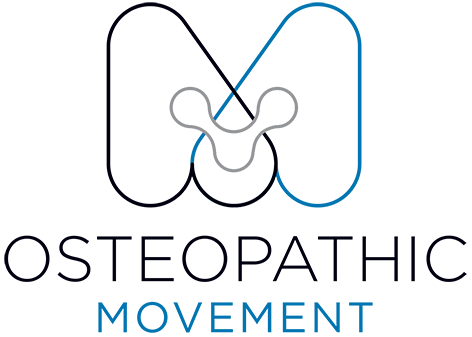Ankle Sprains
Recovering From an Ankle Sprain: What the Latest Evidence Tells Us
Ankle sprains are one of the most common lower limb injuries — particularly in anyone who’s ever played a sport involving running, cutting, or jumping. Unfortunately, they also have the highest re-injury rate of any musculoskeletal injury.
Recent updates published by the British Journal of Sports Medicine (BJSM) highlight what osteopaths have known for years — that early mobilisation and guided rehabilitation are key to a full and lasting recovery. This is where osteopathy can make a real difference.
Acute Injury Phase - Why Early Movement Matters
In the first few days after a lateral ankle sprain, swelling and pain often limit range of motion. While rest is important in the very short term, prolonged immobility can delay recovery and increase the risk of future sprains.
Osteopathic manual therapy can help you move sooner and recover better. Techniques such as:
Effleurage (gentle massage) to reduce swelling and improve circulation
Soft tissue therapy to ease tension in surrounding muscles
Joint mobilisation or manipulation to restore movement in the ankle and foot
When combined with a structured exercise program, these approaches are supported by the BJSM guidelines as an evidence-based pathway to faster, safer recovery.
The 5 Stages of Ankle Sprain Rehabilitation
Recovering from an ankle sprain isn’t about waiting for the swelling to go down — it’s about progressive loading and retraining. Here’s how rehabilitation typically progresses:
Stage 1: Regain Range of Motion
Gentle ankle movements, flexion-extension exercises, and supported lunges — paired with manual therapy — help restore movement and reduce stiffness.
Stage 2: Rebuild Balance and Proprioception
Once weight-bearing is tolerable, focus shifts to balance work. Try BOSU ball drills, single-leg stands, or side lunges. Gradually reintroduce low-intensity sport-specific activities.
Stage 3: Strengthen the Lower Leg
Target both the extrinsic muscles (gastrocnemius, soleus, tibialis anterior/posterior, peroneals) and the intrinsic stabilisers of the foot. Strength is your best defence against re-injury.
Stage 4: Return to Modified Training
With the support of taping or bracing, begin sport-specific drills such as controlled running, jumping, or ball work. Progress intensity gradually.
Stage 5: Return to Sport
Transition back to full training and competition. Continue strengthening and balance exercises long-term to reduce recurrence risk — even after pain has resolved.
How Osteopathy Can Help
At Osteopathic Movement South Yarra, our osteopaths use a combination of manual therapy, movement assessment, and personalised rehabilitation programs to:
Reduce pain and swelling
Restore mobility and joint function
Improve strength and stability
Prevent future sprains through education and movement retraining
We can also guide you on footwear, taping, or bracing options and provide sport-specific programming to safely get you back on the field.
Want to Learn More or Book Your Appointment?
If you’re recovering from an ankle sprain or struggling with recurrent ankle injuries, our team can help you regain strength, balance, and confidence.
• Meet our South Yarra osteopaths
• Check out our Osteopathic Clinic & state of the art Gym Facilities at GRIPT
• Book your appointment online
Written By Dr. Ashby Smith (B.HSc, B.HSc + B.ApSc (Osteopathic Medicine)) - Associate Osteopath, Osteopathic Movement, South Yarra.

